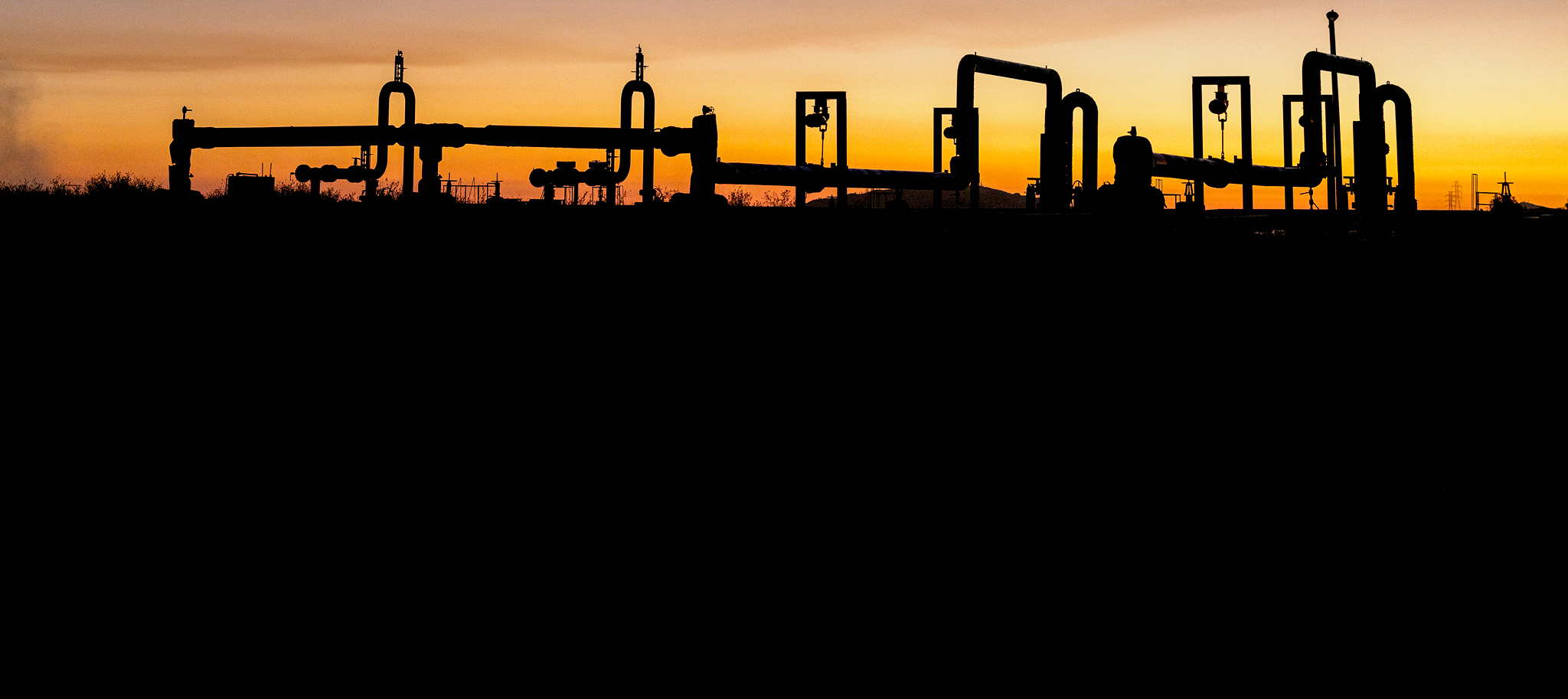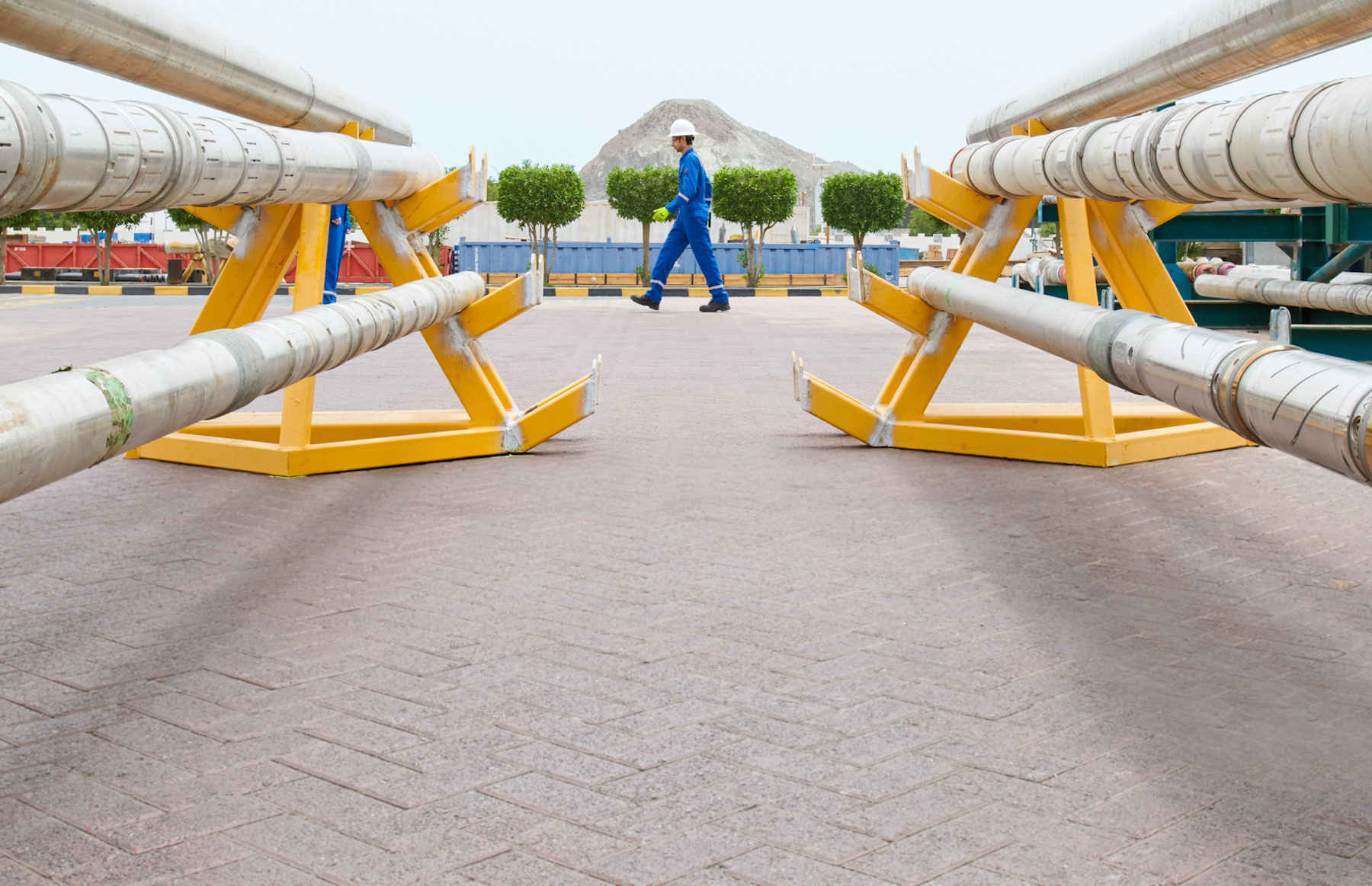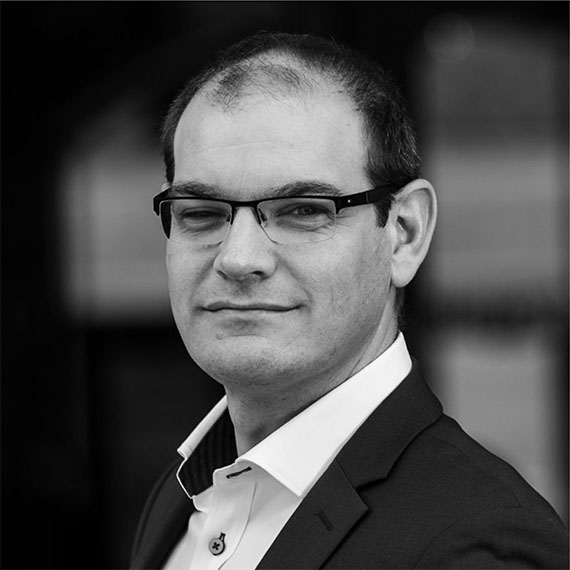The fundamental attributes of energy systems are changing, and it all adds up to more complexity. Such complexity requires planning, interconnection, flexibility, reactivity, and mutual reliance to ensure resilience. It’s no longer sufficient to solely consider your own assets. You must now think, plan, and model with an energy systems mindset—and digital modeling and optimization is vital to achieving this.
From centralized to distributed
Traditional energy systems are centralized and based on large-scale generation and production facilities, such as oil and gas terminals or thermal power stations. Centralized energy providers use transmission networks to distribute energy (or fuel for energy) to individual customers everywhere—an example of a few-to-many relationship.
By contrast, renewable energy systems exploit a resource with a lower energy density, requiring generating assets to be more numerous and spread across wide areas. Therefore, transmission networks—be they pipe or cable—need to be expanded to connect the myriad of assets to consumers (a many-to-many relationship). Those cables and pipelines need to be of an appropriate capacity to realize the full potential of the energy resource.
From the unidirectional consumer to the bidirectional prosumer
Traditional energy systems have a clear energy flow moving from centralized producers or generators upstream to consumers further downstream. The decarbonized energy systems of the future will need to embrace bidirectional energy flows. For example, utility-scale energy storage (e.g., batteries, hydroelectric, and compressed air) is necessary to stabilize renewable generation and requires energy flowing both in and out of the asset.
On a national scale, interconnectors allow nations to switch between being producers and consumers of each other’s power. On a smaller scale, anyone with a roof space or spare plot of land can become a renewable energy producer while also being a consumer—hence the name “prosumer.” Some prosumers may even provide distributed energy storage as a service to the grid, such as with vehicle-to-grid.
From fuel to electricity—and back to fuel
Traditional energy systems burn fossil fuels (chemical energy) to generate electrical energy. This process can now be reversed, whereby excess renewable electricity can be used to electrolyze water to produce hydrogen, a chemical energy fuel. Hydrogen can be combined with other feedstocks such as carbon dioxide (CO2) to produce a range of “e-fuels” including e-kerosene, e-diesel, and e-methane.
E-fuels can be used as fossil fuel substitutes for many applications—even for regenerating electricity to provide grid stability. For those e-fuels to be sustainable, however, the CO2 feedstock needs to be of nonfossil origin.
From controllable to reactive
Assuming you have access to fuel, fossil fuel systems are very controllable. It’s easy to vary the supply when demand changes; you simply adjust the choke, change the flow, or moderate the shoveling rate to match.
For weather-dependent renewable systems, the sun only shines during the day, and the wind depends on inherently variable meteorological conditions. While you can curtail assets during periods of overproduction by simply turning them off, there is little that can be done about underproduction, unless you have stored energy or are interconnected with other generators or producers. The supply does what the weather dictates, and demand may have to change its behavior to meet the required volume. The system must, therefore, be flexible and reactive if power surges and outages are to be avoided (although it's worth noting that hydropower and geothermal power are more controllable).
From an evolving system to a planned system
The traditional energy system was not holistically planned, but rather “evolved” progressively. As new oil and gas fields were discovered, pipelines were built to connect them, along with refinery, storage, and port facilities to handle the product. Similarly, large thermal electricity plants were built and connected to a transmission system linking energy source to populus.
Future, distributed energy systems are complex with many more actors, assets, components, and connections involved. The move towards renewables-based electrification, for example, requires more resilient and reactive grids. Meanwhile, e-fuel production simultaneously provides an entirely new value chain—replete with decarbonization and revenue-generating opportunities—and makes energy systems more complex. This is why resilient energy systems not only need the right size infrastructure, but they also need to be planned to optimize energy flows, deal with surpluses and deficits, and withstand variability.
Managing and optimizing decarbonized energy systems with digital
How do you scope, plan, cost, and optimize a resilient decarbonized energy system? In short, you model a digital representation of it. A digital energy system model is used to examine how resilient and performant a renewable-energy scenario could be by simulating its behavior using historical weather data. Building such a model helps to screen and select concepts, examine performance, and optimize future development scenarios.
It’s worth taking time to consider the questions, constraints, and parameters that you want the model to answer. To do so, follow these steps:
- What is success? Your model can be adjusted to optimize based on your success factors, once they’re clear. No model can optimize everything, everywhere, all at once, so remember to prioritize. The success case could include reducing emissions intensity, renewable energy penetration, cost to the consumer, reducing curtailment, value to the asset owner, levelized cost of electricity or hydrogen, providing ancillary grid support, providing energy to the grid, and maximizing hydrogen production—amongst many others.
- Define the required demand curve. Who will be your customer? How much energy or fuel do they require, and where should it be delivered? Are customer demand and your supply constant, or do they vary by the minute, hour, day, or week?
- Identify your energy resource. Running a dynamic model for distributed generation requires both spatial and temporal characterization of your energy resource. At the beginning, data is often pulled from public sources, but it will quickly need to become more site-specific as development progresses.
- Collect your components. A model is a network of components—think wind turbines, electrolyzers , pipelines, cables, storage tanks, batteries, etc. If you want a wind turbine, which model do you need? What does the power curve look like? How does it influence your CAPEX and OPEX? For every component in the system, you need to have information or proxies for performance criteria, capacities, efficiencies, and costs.
- Define externalities. What external factors can affect your model? These are things such as global commodity prices; export revenue; interconnector costs, flows, and volumes; feedstock import; along with pipeline and grid constraints that take energy to and from the model.
- Assemble a development scenario. A scenario is an assemblage of components that are connected via a network. This is the base case for the model simulation, and it sets out the spatial arrangement of all your components.
- Simulate and optimize. During simulation, the model can scale, rightsize, and swap components in and out to converge on the optimal project plan for your success parameters. The model’s energy is produced by combining renewable generation tech (e.g., wind turbines) with historical weather data. Running this kind of time-resolved dynamic model tests both the system’s extremes (e.g., high wind versus no wind) and its average, “normal” conditions.
By following the steps above, you end up with an optimized model that pinpoints which concepts deliver success and—just as important—which ones don’t. Rightsizing infrastructure in this manner doesn’t just prevent the added costs of an overbuild, it also avoids the failure that may occur due to an underbuilt system.
Renewable-based energy systems are essential in meeting our decarbonization targets, but the attributes of future energy systems add significant complexity. It’s important to think beyond the individual asset, facility, or field and consider the wider context of integration. Modeling depicts the performance of individual system components, so that the entire system’s performance can be optimized for efficiency and lowest carbon output. It’s an essential tool for making informed decisions—and for defining our net-zero strategies, overall.




